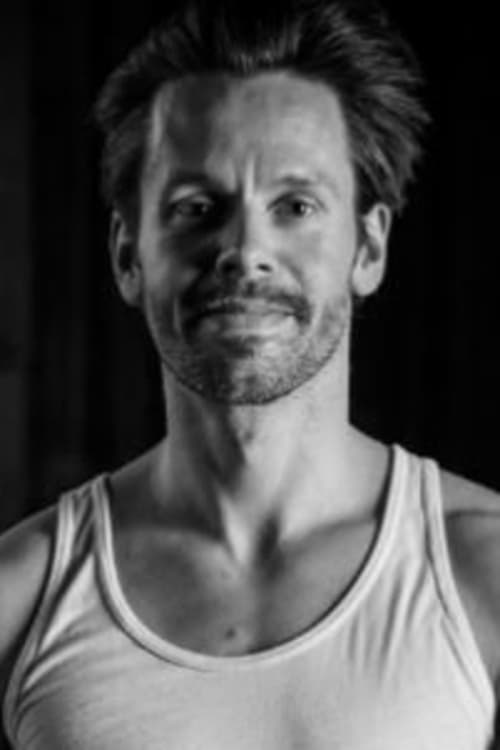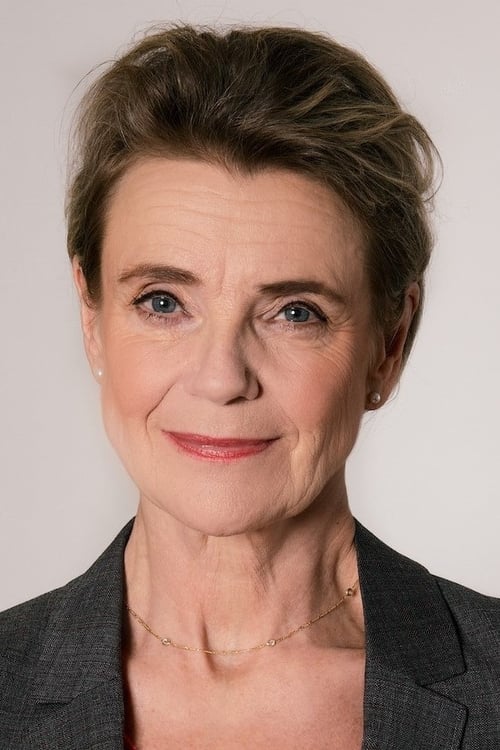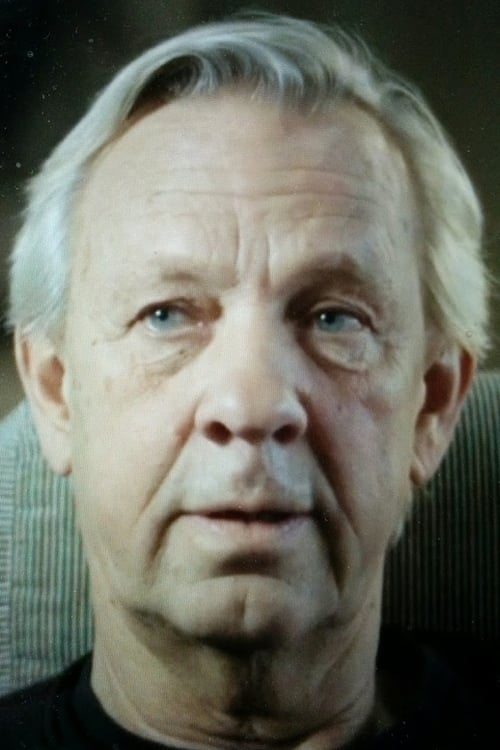Ingmar Bergman through the Choreographer's eye (2016)
Gênero : Documentário
Runtime : 51M
Director : Fredrik Stattin
Sinopse
Four of Sweden's most innovative choreographers travel to Ingmar Bergman's home on Fårö to explore and get inspired. The result is a unique contemporary dance film.The renowned Swedish choreographers Alexander Ekman, Pär Isberg, Pontus Lidberg and Joakim Stephenson, with principal dancers Jenny Nilson, Nathalie Nordquist, Oscar Salomonsson and Nadja Sellrup from the Royal Swedish Ballet, interpret Ingmar Bergman through four unique dance performances reflecting on human relations and intense feelings. The dances are linked together with images of the epic natural beauty of Fårö and Bergman's poetic home Hammars, including the voice of the master himself - Ingmar Bergman - revealing his thoughts about movements and music.
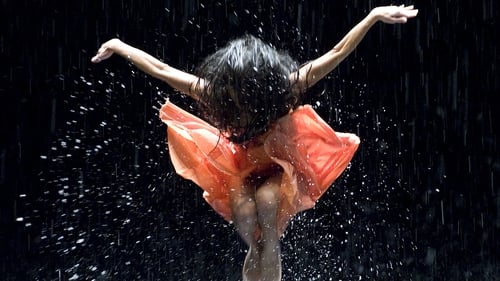
Desde o início da dança moderna em 1970, poucos coreógrafos tiveram tanta influência no meio como Pina Bausch. O documentário aborda a vida e a carreira da artista e mostra incríveis atuações de sua companhia.
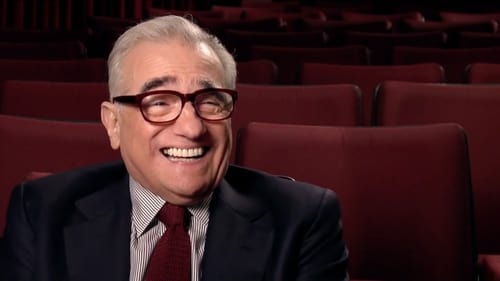
In the sixties, Swedish filmmaker Ingmar Bergman (1918-2007) built a house on the remote island of Fårö, located in the Baltic Sea, left Stockholm and went to live there. When he died, the house was preserved. A group of very special cinephiles, came from all over the world, travel to Fårö in search of the genius and his legacy. (An abridged version of Bergmans video, 2012.)

A mockumentary focusing on an art school frat's attempt at recording a music video for their latest party anthem with unwanted dancers and an unruly director.
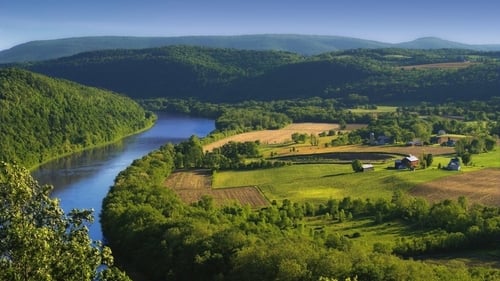
Uma versão filmada do balé mais famoso de Aaron Copland, com sua estrela original, que também coreografou.

Released on DVD as part of The Criterion Collection's "Martha Graham: Dance on Film" collection.
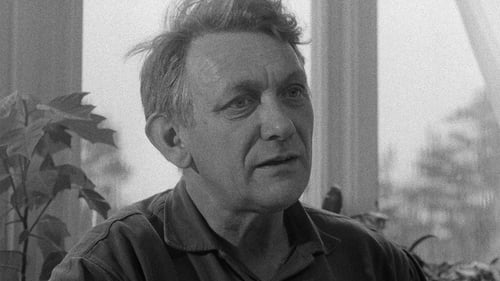
Bergman interviews the locals of Fårö in this fascinating documentary. An expression of personal and political solidarity with the fellow inhabitants of his adopted home, the island of Fårö in the Baltic Sea, this documentary investigates the sometimes deleterious effects of the modern world on traditional farming and fishing communities. The young, especially, voice doubts about remaining in such a remote, quiet place.
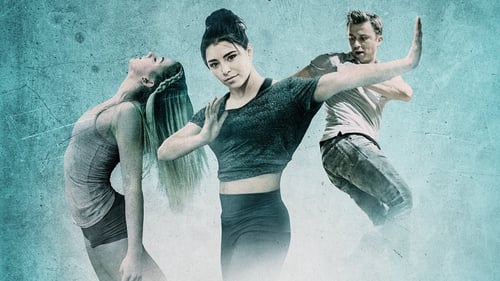
Jonathan Reeves (Gallagher) recebe a tarefa de infundir estilos mais modernos de ensino na Academia Americana de Ballet e pede ajuda de seus principais coreógragos Charlie (Radetsky), Cooper (Stiefel) and Tommy (Wormald), para recrutar bailarinos que disputarão num acampamento, a chance de uma vaga na Academia. Bella Parker (Muñoz), que sempre viveu na sombra de sua irmã bem sucedida, Kate (Smith), finalmente recebe sua chance de entrar em cena como uma das bailarina recrutadas pro acampamento. Os estudantes veteranos Cooper e Charlie também aparecem para ajudar os aspirantes.

Maher, a Palestinian man, a former political prisoner. He is an electrical engineer by profession but an artist at heart. He dreams of staging a contemporary dance performance in Ramallah. In order to do so, he must deal with his disapproving family, tight budgets and cultural norms. Set in today's most contested location, Maher's story is a parable about a society in conflict, where the real war is between dreams and traditions.

Ingmar Bergman speaks with Gunnar Bergdahl.

In Buenos Aires a group of acclaimed dancers create the first Contemporary National Company of Dance under their collective leadership. This is the story of four talented dancers, Ernesto, Bettina, Victoria and Pablo, along six years of their journey. We follow their lives, we attend their rehearsals and performances in the emblematic building of the National Library, along with their premiere and backstage in the historical National Theatre of Cervantes. They expose their dreams as dancers, individuals and members of our society, as we observe the fulfilment of their biggest dream: the demand of a National Dance Law. Amazing choreographies, beautiful folklore songs and original Latin-American contemporary music reveal the beauty of dance becoming life.

While most of Ken Russell's documentaries for the BBC's Monitor arts strand focused on a single creative figure, he would also occasionally make more wide-ranging surveys of the state of a particular art. The Light Fantastic (BBC, tx. 18/12/1960) was written and presented by Ron Hitchins, a Cockney barrow boy who has long been interested in a great many dance forms, and who has recently taken up Spanish dancing. Hitchins participates in some of the dance sequences, but his main contribution is an enthusiastic commentary that helps personalise what could have been simply a disparate collection of dance footage. He's not shy about expressing likes and dislikes, being none too keen on ballroom dancing (too choreographed), rock'n'roll (too monotonous) and Morris dancing (just doesn't like it), though anything genuinely spontaneous gets a thumbs up, even if it's a room full of people dressed in black swaying to the sound of a gong.
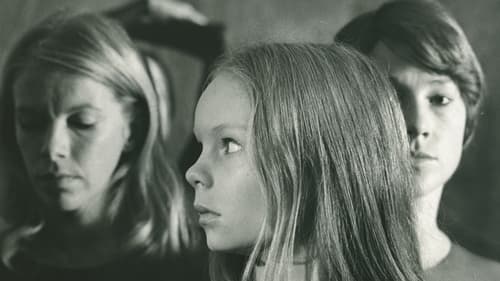
The film shows four women moving in a crowded, closed room to the music of Monteverdi. They represent women living by passing on a role that is passed down to them for generations. Two of the dancers are damned souls that come to life, the third is death and the fourth a child born free, but forced into the other female roles.

A glimpse into the world and methodology of dancer Martha Graham.

The mavericks whose radical ideas created modern dance in the 20th century.

A love story, portraying the dilemmas and inevitable consequences of ambition. It is a film about a woman's fight for independence, a woman trying to succeed with her own art in the extremely competitive world of dance.

Salome was the daughter of Herod II and Herodias. According to the New Testament, the daughter of Herodias demanded and received the head of John the Baptist. This is a choreographed version of the play by Oscar Wilde.

As Alex struggles with disturbing hallucinations, his wife Vera tries to help, until they both experience their own profound revelations.

Durante um período de 6 anos, no meio do século 20, algo insuperável aconteceu. Um sueco magro, por volta dos 40 anos, entra em um período de produção cinematográfica sem precedentes. Entre 1957 e 1963 ele dirigiu alguns dos maiores clássicos da história do cinema, produziu uma série de espetáculos para teatro e rádio, e dirigiu 6 filmes de TV. Em termos de cineastas contemporâneos, Ingmar Bergman permanece em grande parte inigualável, e sua vida está prestes a se revelada nesse documentário que celebra o seu centenário.

Filmmaker Maia Wechsler follows choreographer Stephen Petronio as he prepares dancers to restage the 1968 production of "RainForest."

Um casal de cineastas viaja para a ilha sueca de Fårö, onde o diretor Ingmar Bergman viveu e filmou. Eles entram em contato com o lugar e, enquanto tocam seus projetos, os limites entre ficção e realidade passam a se confundir.

